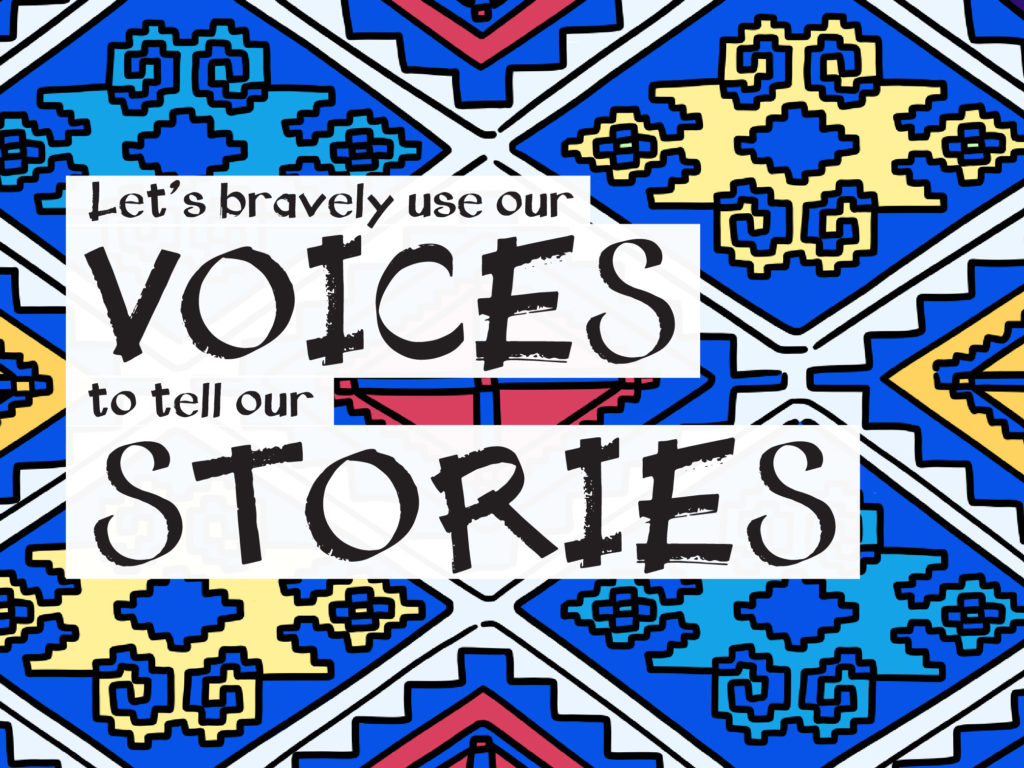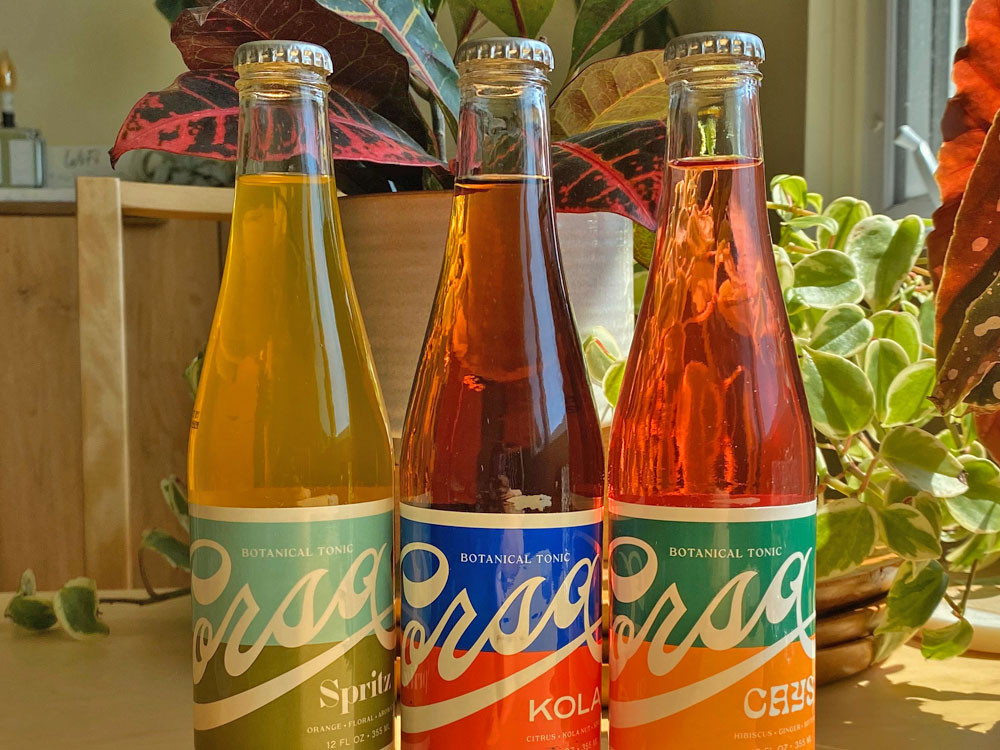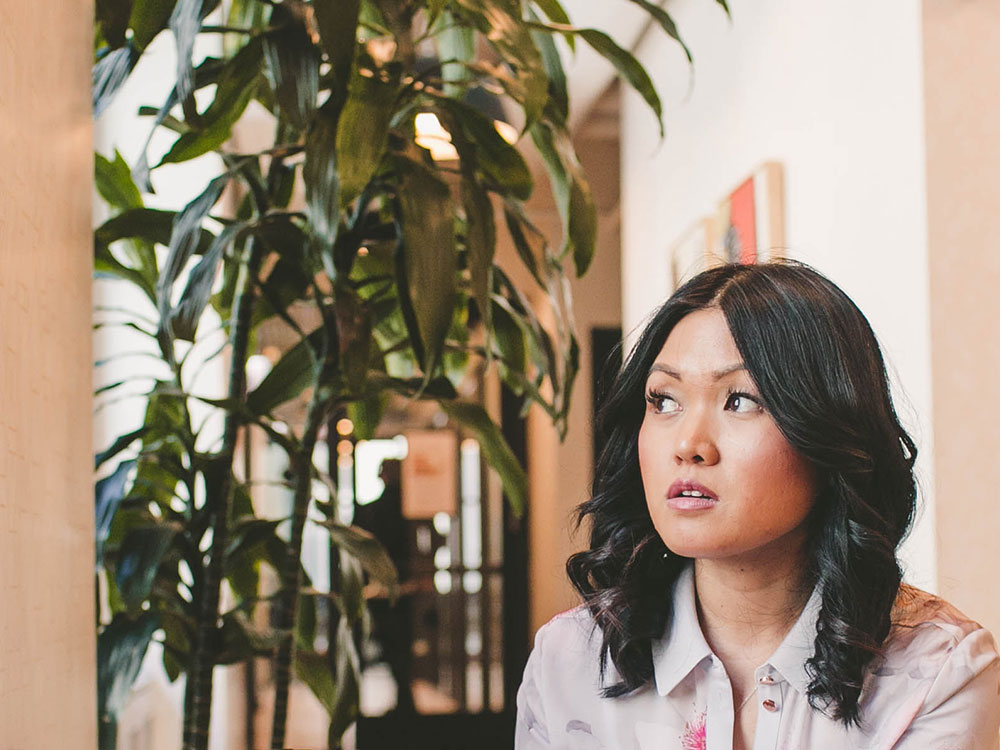Being AANHPI: A Child of Two Worlds

It’s quite an intimidating task of summarizing the Asian American + Native Hawaiian/Pacific Islander (AANHPI) experience, especially since the AANHPI umbrella strains to envelope such a wide breadth of diversity within the Asian diaspora. But after meditating and procrastinating, I realized all I can do is tell my own story. By telling our own stories, on our own terms, we can find each other amidst the vast aloneness that a lot of children of two worlds can feel (especially if they’re from a dominantly white environment). Those of us who grew up not being “Asian enough” or “American enough” can bond through our commonalities and celebrate our differences.
I’ll share with you two brief vignettes that represent impactful points in my racial+cultural awareness journey. The first is a heartbreaking one of internalized oppression (aka Not American Enough). The second is one of othering in a space where I thought I was safe (aka Not Asian Enough).
Vignette 1: Not American Enough
In middle school, U.S Representative Bill Lipinski hosted an annual “All-American Essay Contest.” I don’t remember if there was a cash prize. It didn’t matter. As a high achieving straight-A goodie-goodie, what I pursued was the prestige. I could WRITE. And I could WIN. However, I felt a barrier. No one explicitly told me I wasn’t allowed to submit an essay. No, it was sadder: The call was coming from inside the house. It was a whisper of self-doubt that hissed, “You can’t write an essay about being American. Who do YOU think you are?” I didn’t feel like I had a right to submit an essay.
“You can’t write an essay about being American. Who do YOU think you are?”
As I confided to my at-the-time best friend (who was white) and fellow high achiever, “The contest is about being American. So… I can’t. You know, since I look like me, and you look like you.”
And this is where allies and advocates are essential: My friend was just short of shaking me by the shoulders and said, “AIREEN! Stop. You ARE American.”
I wish I could say I submitted an essay and won, but my shame surrounding my new-found realization of internalized oppression was too much. And my work of dismantling my own internalized oppression continues to this day.
Vignette 2: Not Asian Enough
The year is December 1998, and my family and I are in the Philippines for the holiday break. My mom and I hustle into a crowded diner in Manila. As we make our way to a table, other diners’ eyes follow us until we settle into our roost. I continue to feel eyes on me, but I figured that was just my anxiety about being in a different environment, 8,000 miles from home.
“They’re looking at you,” Mom says. My body tenses. “Who?”
“Those girls. They can tell you’re American.” I follow my mom’s ocular pointing at a table over my right shoulder and see two girls, maybe high schoolers, like me. They catch my gaze and do a classic gossipy whisper-and-lean.
“How can they tell?” I retort incredulously. “I look like them.”
“The way you carry yourself. It’s very American.” My mom, a woman of few words, did not expound any further. I was left to ponder this on my own.
“The way you carry yourself. It’s very American.”
This was one of many micro-moments throughout my life that made it clear to me that I am a child of two worlds.
My hope for myself and other children of two worlds is that those two worlds can be less distinct separations of layers but more of a seamless swirl of beautiful blends.
My dream is that we can be shamelessly both without having to codify or compartmentalize.
This might seem like a tall order, but I’m making it happen by doing it where I can in my own life and hope the ripple effects reach the next generation. I’m practicing this with Brim Tot, through our language, food, fashion, and more:
- By speaking a blend of Tagalog and English. (“Hugasan mo ang iyong kamay!” I say to Brim Tot when we reenter the house after a day of outside play. “That means, wash your hands!” her sweet voice chirps faithfully.)
- Or introducing more Filipino pieces into my closet. (Support Filipino-owned brands directly! My favorites are Anthill or Vinta Gallery or Narra Studio.)
- Or sharing my own Filipino cooking. (My husband requested my vegan chicken adobo for his birthday meal. I was so proud.)
- Or finding others who are bravely doing this work.
If you’re a child of two worlds, I invite you to share your story on your own terms. Let your voice be heard by others so that your two worlds, and theirs, can start to feel like one.


